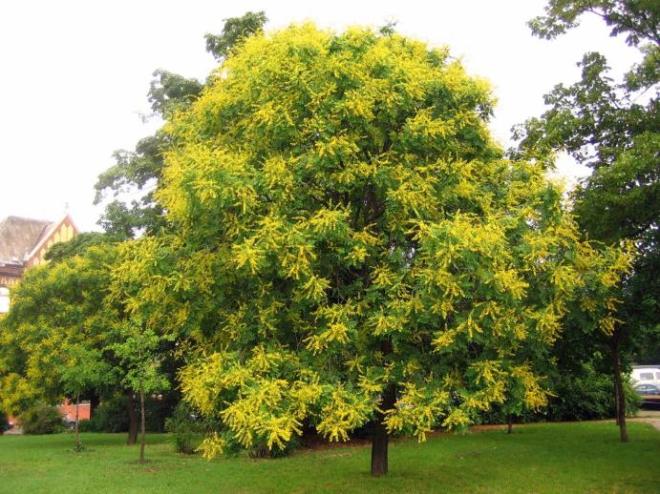I must admit that I am very fond of the Pride of India. It is rich in colour throughout the growing season and then into autumn, where it lights up an otherwise dull urban streetscape with rich reds, pinks, and ambers. The first time I saw this tree was in a raised planter and in a very cramped space, and despite its growing conditions it still retained its dignity.
The species is, interestingly, hardy in the urban environment. It grows very successfully in paved areas with poor soils, and may thrive even in the harshest of urban environments. It thrives particularly well in the South East of the UK, where the weather is generally warmer – though the urban heat island effect may mean it can grow well in places outside of this region.
It is however a short-lived species, and is (from first hand experience) unattractive in winter – particularly given its poor shape (its dress of flowers, foliage, and seeds is what livens this tree up). Its thin bark is also easily damaged upon mechanical impact, so where a specimen sits on a grass verge any damage caused by ride-on mowers can be potentially significant. It also transplants relatively poorly, so good amounts of aftercare are required when looking to reduce the risk of mortality associated with its planting.
Despite its drawbacks, I heartedly encourage people to use this tree for its amenity value in urban environments. I suppose, in a manner of speaking, it fares much like a honey locust would, and adopts a similar sort of appearance as well.

As a bit of a fun fact, the Pride of India was introduced to England via Paris via St. Petersburg Botanic Gardens, after seed collection was commissioned by Bernard de Jussieu to Father Pierre Nicolas d’Incarville, between 1705-1757, on an expedition to China. The seeds were returned via Russian expedition, supervised by Catherine the Great, and cultivated at the Botanic Gardens, before dispersal throughout Europe.
